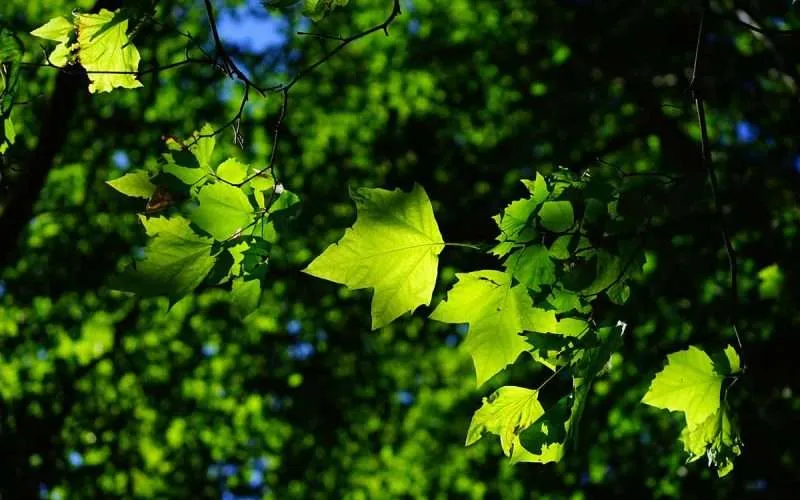Table of Contents Show
Growing a sycamore tree is easy and fun! And what better way could you do justice to your new home than plant a sycamore tree in your garden? All you need to do is get a seedling and plant it!
Then again, since you are a new home owner, you’d want your home looking the best. You’ll be looking to ensure that you do anything… everything, to increase the value of your home.
That’s easier said than done though. However, adding greenery to the garden or around your house is one surefire way of improving the decor.
Sycamores, or Platanus occidentalis, are one of the most popular, deciduous trees in the Eastern United States. From New York to Chicago to Philadelphia to Jacksonville, all homeowners plant sycamores to make their places look beautiful.
What is a sycamore tree?
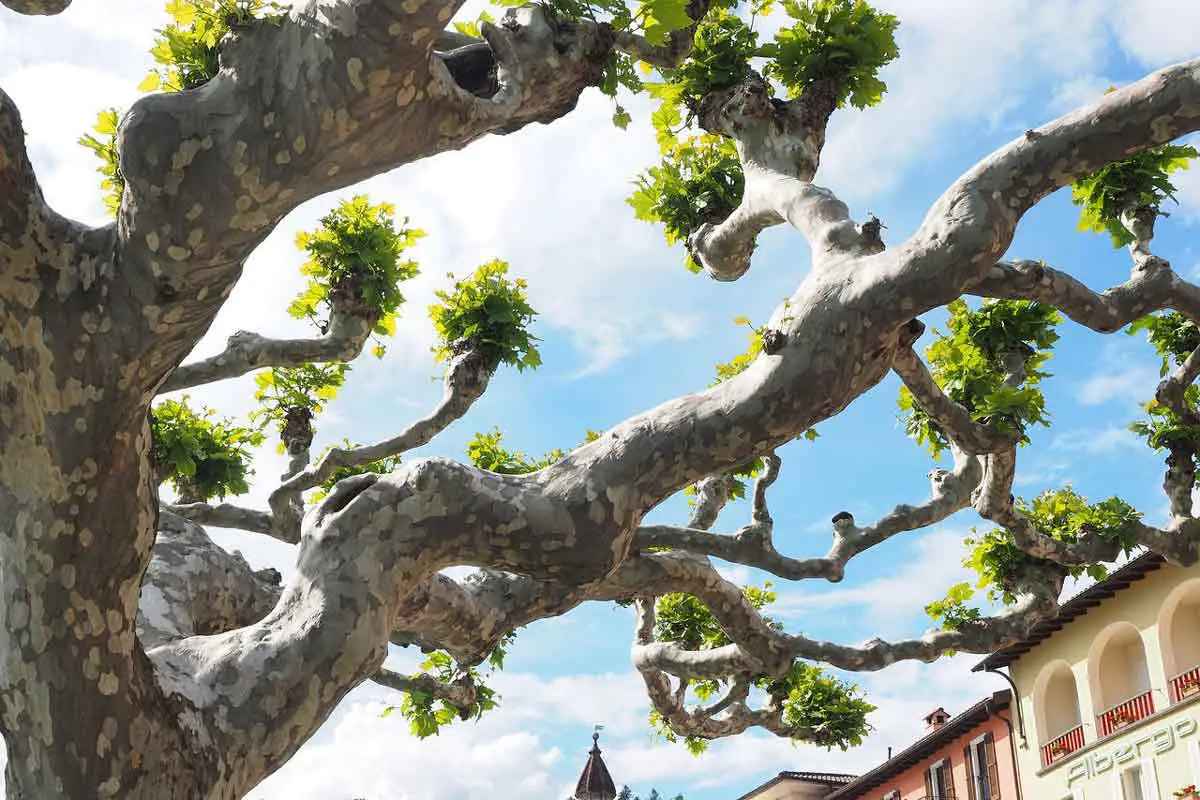
That said, while sycamores are definitely popular with new homeowners, they aren’t the only people looking to improve their property. Old homeowners, or those who are trying to renovate their place are equally interested.
This is where a beautiful, thriving garden can add just the right touch of whimsy to your property. One of the best parts of growing a sycamore then, is how easily the tree can grow and mature.
Before you plant your sycamore, here are a few facts about the tree itself and the sycamore leaves and bark:
Sycamores are one of the most popular deciduous trees in the Eastern United States. They are also very popular in urban areas because they grow easily.
Sycamore trees are not very high maintenance trees either, and they’re great at rehabilitating soils that aren’t ideal for planting. These trees grow best in the zone 4 to 9 range.
The American Sycamore’s growth rate is also very impressive… two feet every year. The sycamore also has a very long lifespan. This means that a mature tree averages heights of 75 to 100 feet very easily.
The trees are also able to bear flowers at around 6 years of age, and produce fruits after another four.
4 Easy Steps To Grow Sycamore Trees
With these factors going in its favor, why wouldn’t you want to get a sycamore tree for your garden soil? Read on to discover the growth timeline of sycamore trees.
The growth of a sycamore tree can be documented in four easy stages. Of course, each of these stages must be further subdivided depending on how you are going to start planting. The process however, is simple and may be easily carried out.
1. Initiating the planting:
The three sycamore tree types, London Planetree or Platanus x acerifolia, Western Sycamore or Platnus Racemosa have simlar growth styles. They can also be grown from seeds, clippings or bought from nurseries.
Getting a seedling
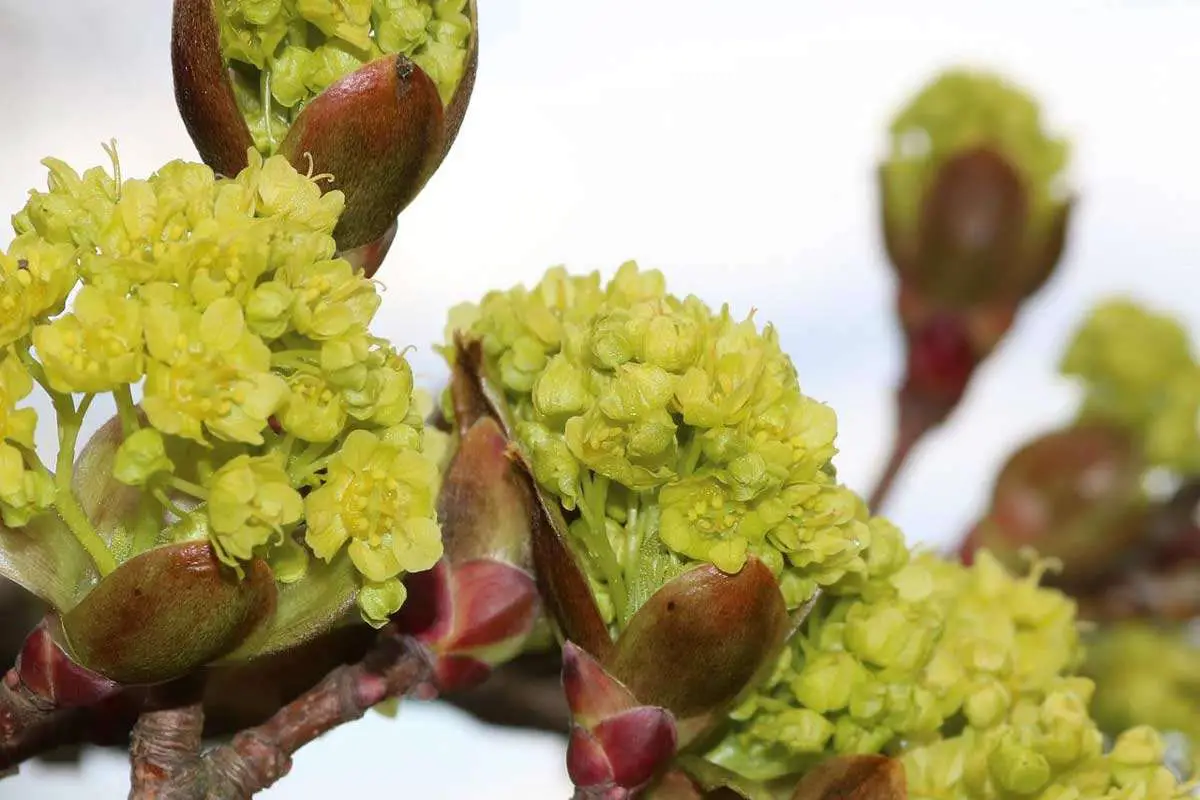
Buying a seedling is definitely a far better idea. Any sycamore less than ten years old classifies as a seedling. Getting a seedling and simply planting it in your garden soil would be infinitely easier.
However, seedlings can be expensive, and could cost between $10 to over $100, depending on its growth and age. If you would prefer not to spend that kind of money, you’ll have to take the longer way to grow your sycamore.
Propagation of clippings
You could use cuttings from adult sycamore trees to propagate your own, but this is a longer, more difficult process.
If you are going for propagation though, then first things first. Start collecting the equipment. These include pruning shears, a propagation tray with clear lid, spray bottle with distilled water and rooting hormones.
- Select a softwood branch from the limb of an adult sycamore tree. Ensure it has some leaves, and at least one set of buds on it.
- Get an 8-inch cutting then dip it into the rooting concentrate and leave it in the propagation tray. Keep the tray in a sunny spot. Make sure to mist the cuttings everyday.
- You will begin to see the roots within the next few weeks. Once these roots are about an inch long, they can be moved to pots that are covered with potting soil
- Ensure that the clippings remain well-watered and have plenty of fertilizer. Within a year the growing clippings will be ready to be moved outside.
There are some other precautions that you must take if you are going to grow your plant from a cutting. These include ensuring that you harvest the cutting on a warm and sunny day.
The mid summer season is perfect in this regard. That’s because cuttings harvested in fall are usually unable to grow into healthy sycamores.
Starting with a seed
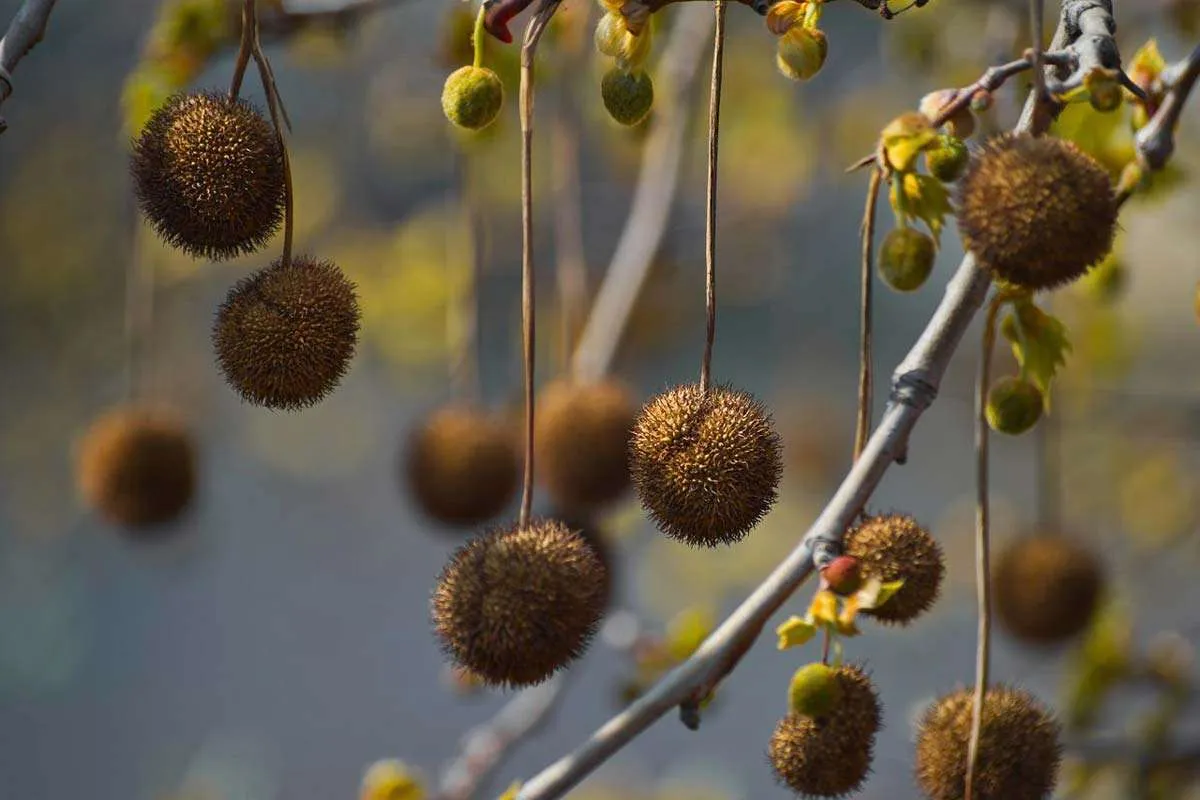
Obviously, you could go all out and start to grow your sycamore right from a seed. Obviously this is going to be the most challenging way to grow your sycamore tree. In fact, the chances of successfully growing a sycamore from seed are slimmer.
However, that’s not to say that it can’t be done. And what’s more, starting from a seed is certainly the least expensive if most time-consuming method.
This process will start with finding a seed pod producing adult sycamore. The pods look like small, spiky balls. They are easy to spot on the ground, especially in springtime.
The seeds themselves may be found inside the spiky outer layer. The seeds must be soaked in distilled water for an entire day before being planted.
In the meantime, you can prepare the soil. Sycamores need soil that has been specially prepared. It must contain 33% each of compost or pasteurized soil, sand, perlite or vermiculite and coconut coir or peat moss.
It’s also possible to get seed-starting mixtures from hardware or garden supplies’ stores. Before planting the seedling, water the soil to get it moist. Then plant the seedling.
Sycamore roots tend to spread out so ensure you plant the seed just a quarter inch below the soil surface. Water it often and in two weeks you will see the sycamore sprout coming out of the soil.
2. Planting Day 1 Year Later
As the big day finally rolls round, a year down the line, get ready to plant the seedling outside. At least that’s what you should do if you have grown your seedling from a seed or clipping. If you have bought your seedling from the nursery, just get one that is around a year old.
The first step is to choose a good spot for planting your seedling. The sycamore tree, particularly the American sycamore variety, will grow in almost any spot.
However, the best plants with the healthiest sycamore leaves, will grow best in soil that is rich, moist and deep. Streams, shallow bottomlands and riverbeds are the natural habitats for sycamores so take that as your cue!
Preparing the soil
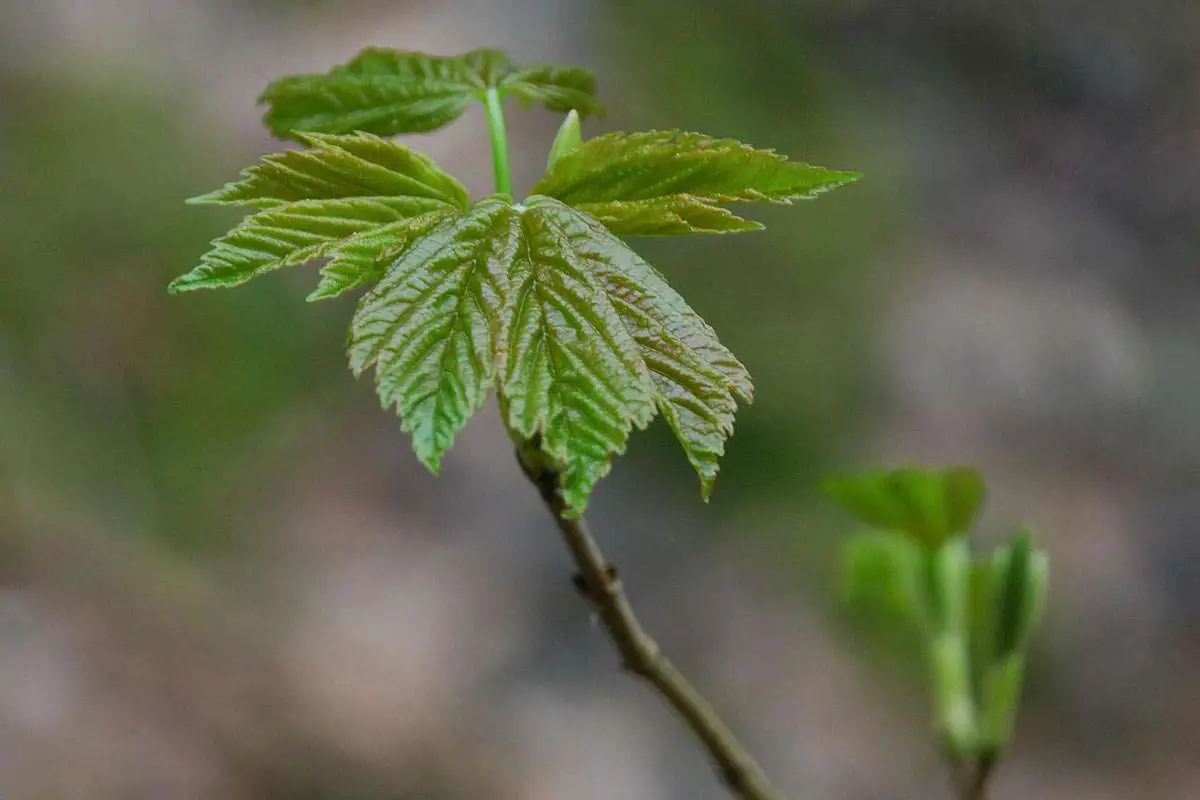
Ensure the soil is moist, nutrient-rich and has a neutral pH. You should also dig into the soil to ensure that the soil is largely free of any clumps or rocks.
A little clay or stone is alright, but sycamore roots demand free soil that will not impede their root growth. The spot should also receive plenty of sun.
Further, since sycamores have long lifespans, make sure that the seedling has space to grow easily. So, no planting near any structures that could be damaged by a 75 foot tall tree, down the line.
By the time you’re down to the actual planting, there are a few more things that you’ll need to remember. The sycamore roots grow outwards rather than downwards.
Rather than plant your seedling deep underground, you need to make a hole that’s as deep as your pot’s height. The roots as they grow out, could reach lengths of 6 feet so ensure that your plant has room.
Nursery bought seedlings may require holes that are slightly deeper than those made for homegrown seedlings. Break up dirt clumps you see, throw out loose stones, and knock loose dirt from the pot into the hole.
Packing in the tree
After placing your tree into the hole, pack it using a potting medium and the loose dirt you removed earlier. Here you can use tree fertilizers with a 2-1-1 or 3-1-1 ratio.
Also remove any extra vegetation in a 2 feet radius circle around the tree. The soil must retain its moisture so that the sycamore grows well, and this is one way of doing this.
Water the bare soil you now have around the sycamore seedling. Once this soil’s nicely moist, get some landscaping fabric and place it over the circle of bare soil you’ve made. The video should guide you on how to do it. Cover the fabric with wood chips or bark mulch.
Give the sycamore seedling some tree fertilizer. You can give it fertilizer using a tree fertilizer spike that’s placed in the ground. Ensure you are giving your seedling plenty of water throughout the summer and fall seasons.
3. Watching Your Tree Grow
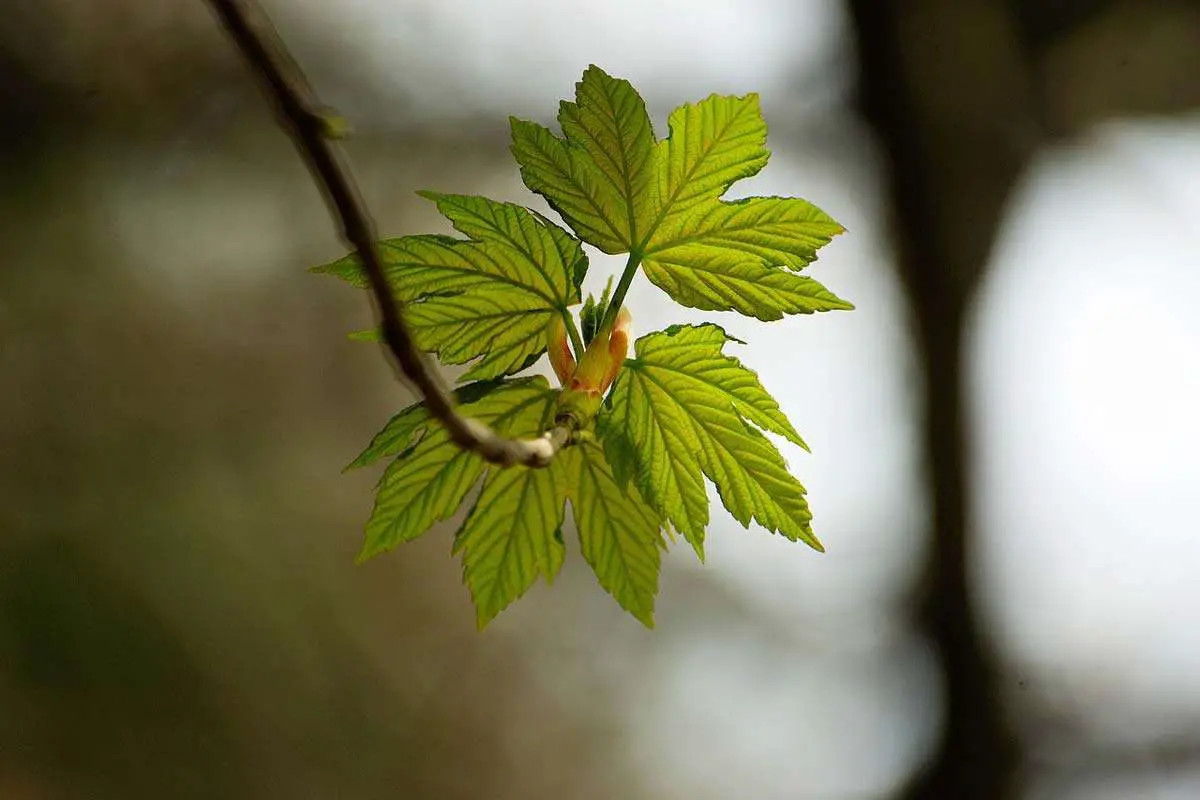
Years two to around five can be very exciting for sycamore growers. Given the right conditions, your tree should be growing at a rate of around 2 feet per annum.
This would include providing the tree with ample water in dry weather, especially during dry months when sycamores grow faster. FYI, seedlings planted in spring grow slightly faster than those planted in fall! They do have their growth spurt in spring though.
Post the initial growth spurt, most trees won’t need as much watering. Adult sycamores are popular for being drought resistant trees and will therefore not need constant watering. The trees will need to be fertilized occasionally so as to make the most of its growth period.
The mulch that you placed around the seedling at planting in the first year does need to be replaced also. Most mulch will turn gray and brittle after the first winter and must therefore be replaced.
Mulch replacement is a yearly task and must be taken as such also. The landscape fabric must also be replaced after the first five years. Sycamore roots tend to buckle and produce bumps in the lawn and rips in the fabric, which must be replaced.
Since you will be replacing the fabric, now’s a great opportunity to widen the circle round your sycamore’s roots. As the tree continues to grow, this will allow the roots to widen further.
You can also help by keeping the soil moist, and watering it once again at this time. And replace the mulch layer before changing and re-spreading the lawn fabric around your sycamore.
Enjoying Your Grown-up Tree

By the time your sycamore’s around six years old, it has reached maturity, and is at least 20 feet tall. Continue to replace the mulch layer around your tree annually and expand the clear area around the sycamore very consistently.
By the time the tree is around 10 years of age, it is all ready to produce seeds. Soon enough, post 25 years of age, the tree will also start to produce sycamore fruit.
But is it worth it?
Your ficus sycomorus should soon become a fig-producing tree, and you will enjoy the aromatic, and sweet fruit.
What’s better, is you have a wonderful tree in your yard. Better still, you could actually start planting other trees under your sycamore tree.
Of course, there are eleven plants that you need to avoid! But then again, there are many others that would grow well under a sycamore tree!
Since you’re striving to grow your sycamore fig, it’s natural to wonder if the effort’s worth it? Do sycamores live that long? Is the genus sycomorus that long-lived?
Given the optimum conditions, sycamores are believed to live up to hundreds of years long. So treat it right and you and your generations after you will enjoy your tree for a long time to come.
